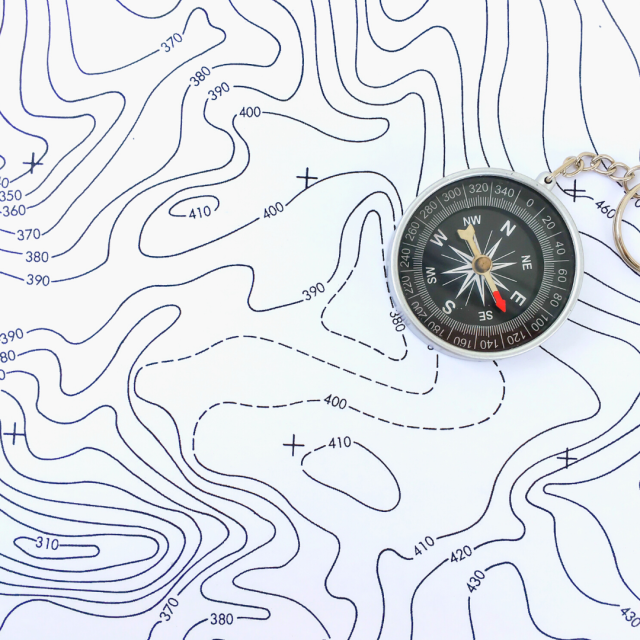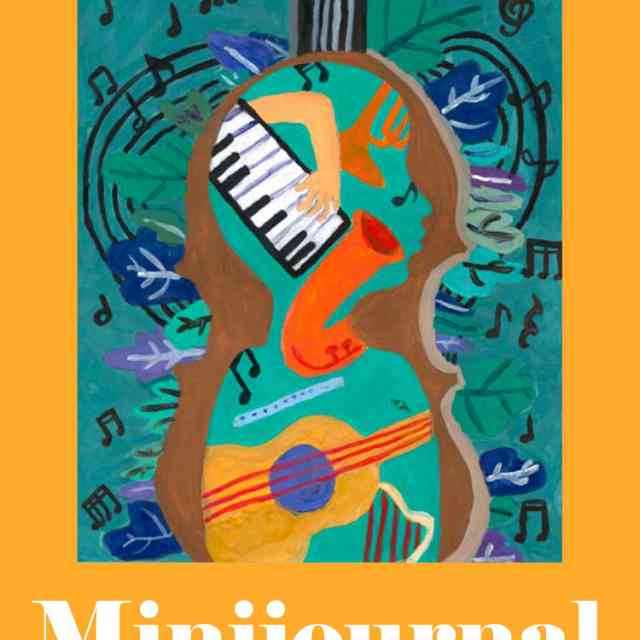This article is part two in a series about memory and music.
“We learn it to forget it” is a common mantra among music educators about music performance. Some people believe that performance is about letting what you’ve already learned take you over without any conscious thought or intervention. I would like to challenge this idea—some of the time, that is just what you want, and some of the time, active engagement and mindfulness are crucial. As sophisticated musicians and teachers, we should be aware that we have choices. In part one of this paper, we learned that motor skills are acquired through conscious effort that engages the cortex, but can then become habits that are like an autopilot. In part two, we’ll explore strategies of engagement that enhance our memory and our learning.
How we learn
Our brain remembers some things better than others. There is a great deal of variation in preferred learning styles—some people are better visual learners, some kinaesthetic, some auditory. However, as a species, what we remember best is spatially situated information. (Foer 2011, 91) When we walk into a new room, we can map out very quickly the windows, doors, chairs, and general geography so we are able to get about. If all this information was given to us as a stream of numbers or words, we couldn’t learn a similar volume of information so rapidly. This kind of spatially located retention was critical for human evolution. Our hunter-gatherer ancestors needed to remember how to travel to food sources, locate them, and tell which were good to eat.
People who participate in memory contests often draw on this strength by using what is known as a “memory palace.” Each item or thing you want to remember is placed in a three-dimensional landscape or space you know very well. You have to locate the object you want to remember within a spatially situated context.
The point of memory techniques is … to take the kinds of memories our brains aren’t good at holding on to [like lists of words or numbers] and transform them into the kinds of memories our brains were built for. (Foer 2011, 91)
The more associations we can link to our musical works—the more imagery, the more we color our music with associations (this fingering here looks like a crab)—the more easily we create a robust memory map for the piece. Let’s think of a musical work as pitches related to each other in a three-dimensional space, placed via predetermined rhythmic patterns, moving through time. Audiation helps to create a kind of memory palace of the piece by creating a very detailed map of how the various pitches and intervals relate to each other as they move through time.
Conscious memorization practices are not often discussed in the context of musicians, but it can only benefit musicians to start talking more about how to incorporate extra musical associations and spatial awareness into our memorization practices. My own performance preparation has benefited greatly from using these techniques. They also benefit our more advanced students who have to keep focus over hundreds or thousands of notes to complete a musical piece. These practices help such students in two ways: to create robust memorization and to create mindfulness so that the performer can keep returning to their musical performance despite a wandering attention span. Our brains are built to have a wandering attention span, by the way, and do so regularly and cyclically. (Hasencamp 2012, 751) Thinking about a homework assignment that is due or what a friend said earlier in the day cannot always be avoided, but what can be avoided is fumbling and crashing when the attention returns. It is that moment of return when the attention arrives back and says “what are my fingers doing?” for which we need to prepare our students.
What follows next are basic techniques for enhancing memory security and processing. These techniques apply to all students, advanced and beginner, and have changed the way I talk about home practice with my parents:
-
Routines can be counterproductive. While finding a consistent time to practice each day can be essential for many students, what’s not essential is practicing the same way each day. We cannot predict the context in which we’ll have to perform, so we’re better off varying the circumstances in which we prepare. We need to handle life’s pop quizzes, its spontaneous pickup games and jam sessions; the traditional advice to establish a strict practice routine is no way to do so. Try switching things up by only doing review pieces that require a particular technique, facing the wall instead of the hallway, playing everything with the eyes closed, or singing everything. This kind of experimenting itself reinforces learning and makes your knowledge increasingly independent of your surroundings. (Carey 2015, 63)
-
Space out practice during the day. Short bursts of practice are better than marathon sessions, so practice should not be defined only by time spent at the instrument.
-
Forgetting and relearning is a good thing. When remembering is difficult and requires effort, our retention becomes stronger. Forgetting enables and deepens learning by filtering out distracting information and allowing some breakdown that, after reuse, drives retrieval and storage strength higher than they were originally. So try not practicing a review piece for a few weeks or months and then come back to it. (Carey 2015, 40-41)
-
Let learning percolate without asking for immediate reward. Our brains may process something and make it possible without us actually hammering away at it. The most obvious application of this principle occurs with the youngest students. They try a new skill, like matching speaking with clapping. A child often cannot perform the task at all the first time they try, so we talk about how many times to clap and work on following cues. The next time we meet, the brain will have processed this information and it will be much more possible.
All of the above techniques center on the idea of interleaving. Mixing things up breaks habit and engages the brain to create mindfulness in practice sessions. The concept questions our reliance on repetition alone and Dr. Suzuki’s famous quote that “knowledge plus 10,000 times is skill.” Yes, we need repetition. We can’t create polished pieces without it, and it also builds character through patience, stamina, and the idea of delayed gratification. But learning to perform these repetitions in a variety of circumstances will serve us better for the range of conditions we play in, ultimately deepening our learning. (Carey 2015, 157)
Questions from parents I now answer differently.
My research has changed my practice, teaching, communication with teachers, and the kinds of things I prioritize in lessons and parent education. There are of course many ways to answer these questions, but here is my current thinking on some common questions:
-
Why can my child play it perfectly at home but can’t play it in the lesson? Memories are formed by incorporating surroundings and habits like working with you in a particular room—playing it in front of me is quite a different proposition. Playing songs in different situations is good for your child and makes memorization more robust.
-
Why do you make them sing everything? Singing the song allows for the brain to get the song organized first: they know when to come in, what pitches come next, and when to pause. If they already know all of that, then all they have to do is use fingers on their instrument.
-
It’s so hard for my child to concentrate on playing all six twinkles in a row for their twinkle graduation, do they have to do it? Some zoning in and out of concentration is expected, particularly for young children. Performing is great practice at staying conscious and finding your way back if your brain wanders off.
-
What if my child says playing Twinkle over and over is boring? Playing it over and over is a challenge—I agree. Part of the task of practicing is to increase tolerance for playing something repeatedly. However, we can also change it up by varying what you are looking for. For example, you can try playing it with the knee straight, the guitar flat on the knee, a duck on the head, the eyes closed, or as a performance for extended family. These are all valid learning experiences that reinforce the ability to play the song and remember it.
-
What is group class for? The more situations and contexts that a student is able to play a piece, the more robust the memory becomes. Group class gives them a sense of ease and confidence in knowing they can play their pieces in front of their peers while incorporating many audiation games.
After researching and presenting a version of this paper at the 2018 National Suzuki Conference in Australia, I wanted to share these ideas with my SAA community as well. Of course, the more I know, the less I know… May the ongoing processes of experimentation and exploration keep us open to the endless possibilities within our own bodies and minds.
References
Cacciatore, Tim. 2000. Science and Alexander: Towards a Common Understanding Direction Magazine.
Carey, Benedict. 2015. How We Learn: Throw out the rule book and unlock your brain’s potential London: Random House
Doidge, Norman. 2015. The Brain’s Way of Healing: Stories of Remarkable Recoveries and Discoveries. London: Penguin Books
Feldman Barrett, Lisa. 2017. How Emotions are Made: the Secret Life of the Brain. London: MacMillan.
Foer, Joshua. 2011. Moonwalking with Einstein: The Art and Science of Remembering Everything. New York: Penguin Books
Hasencamp, Wendy and Wilson-Mendenhall, Christine et al. 2012. “Mind wandering and attention during focused meditation: A fine-grained temporal analysis of fluctuating cognitive states”. NeuroImage 59. 750-760
Marinelli, Lucio and Quartarone, Angelo et al. 2017. “The Many Facets of Motor Learning and Their Relevance for Parkinson’s Disease” Clinical Neurophysiology 128. 1127-1141.








